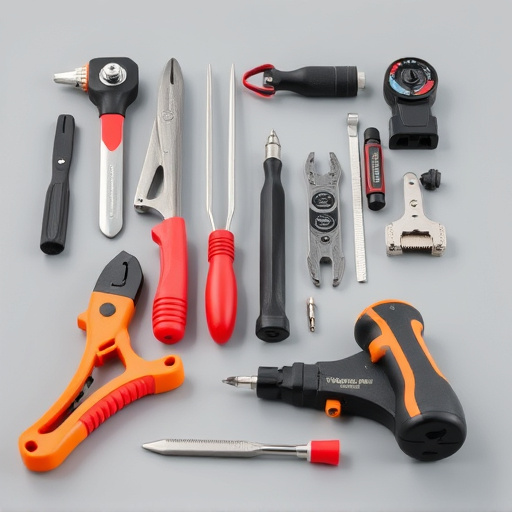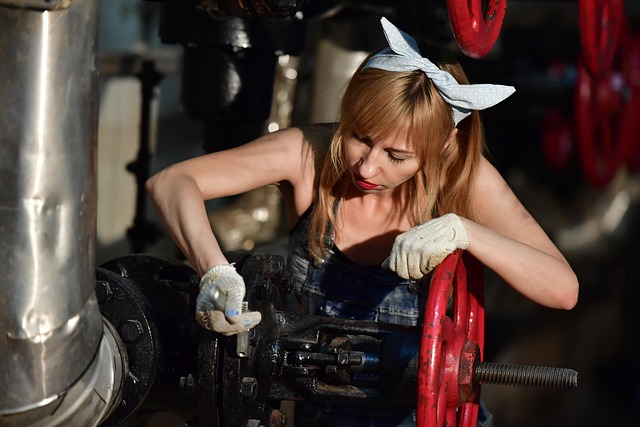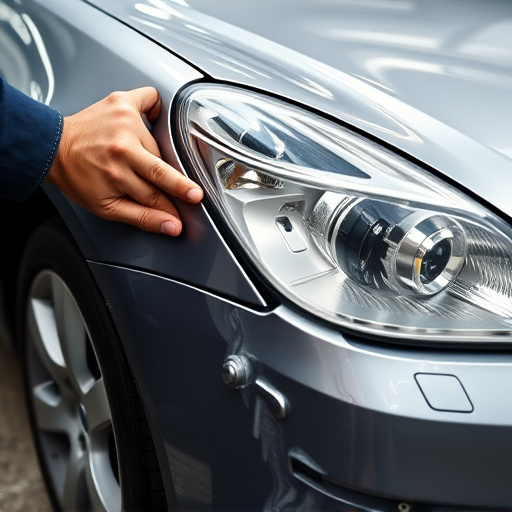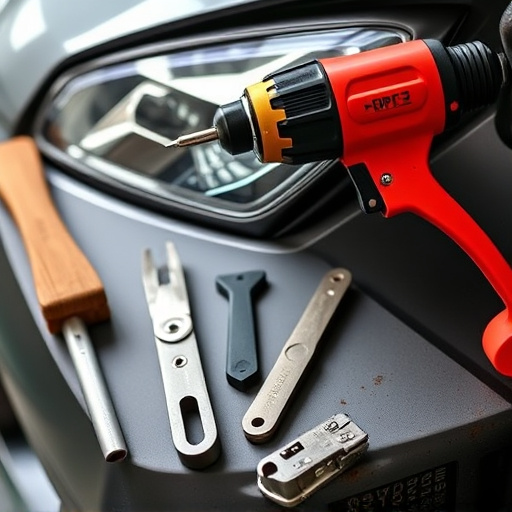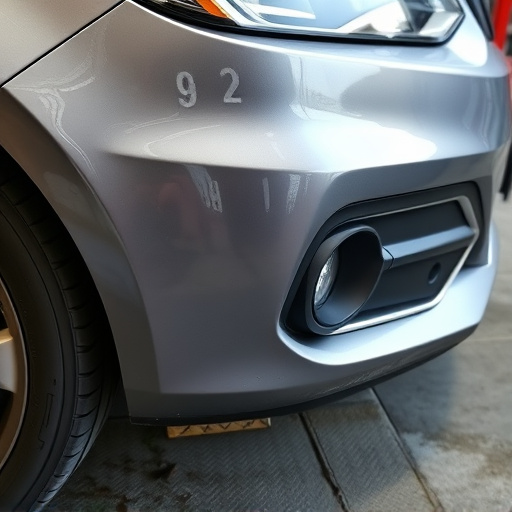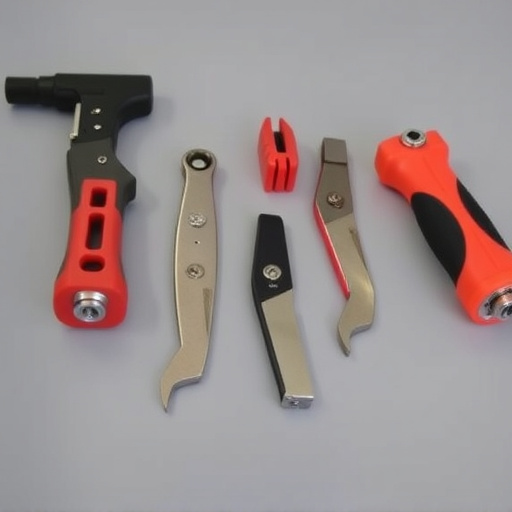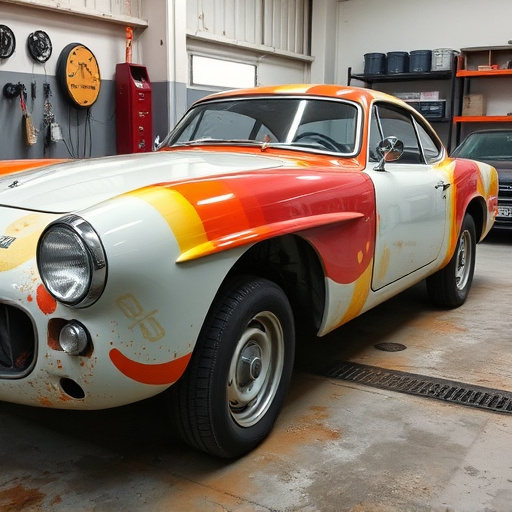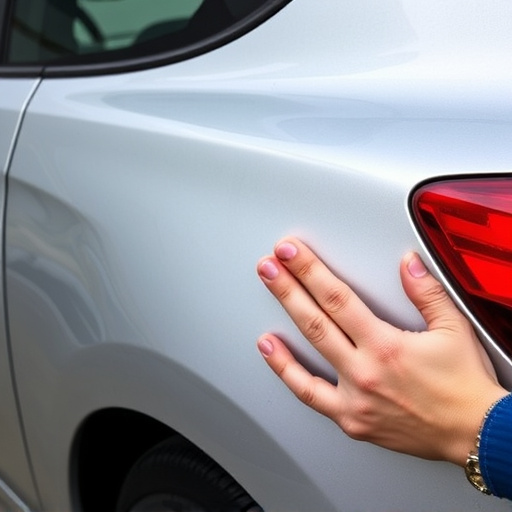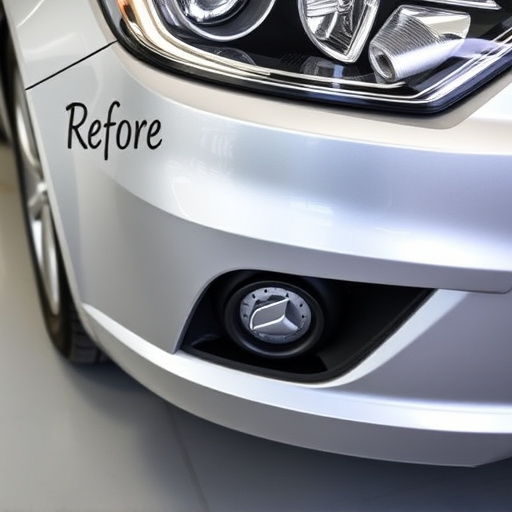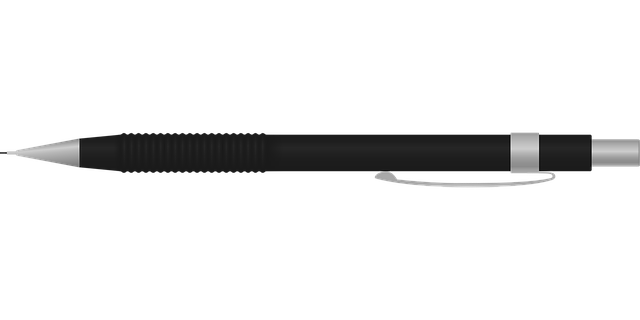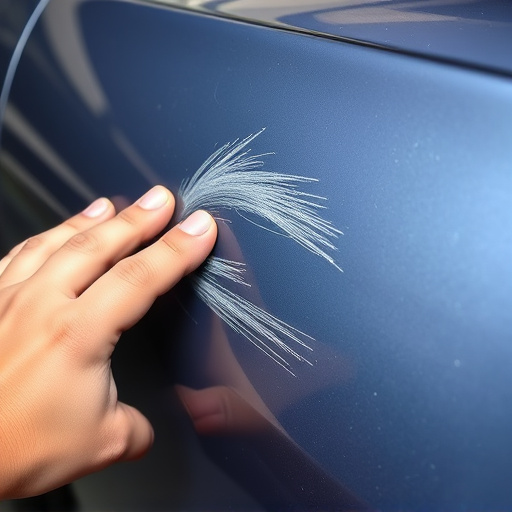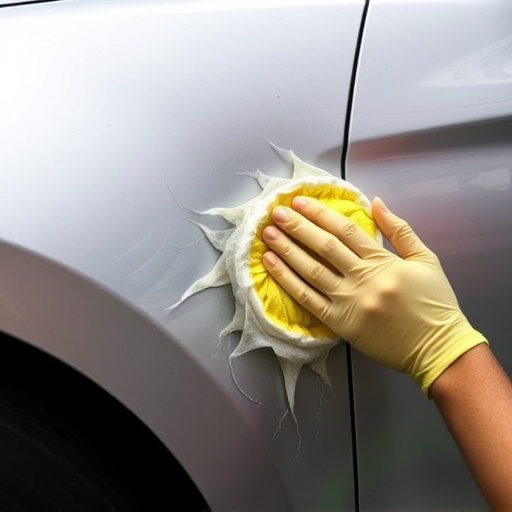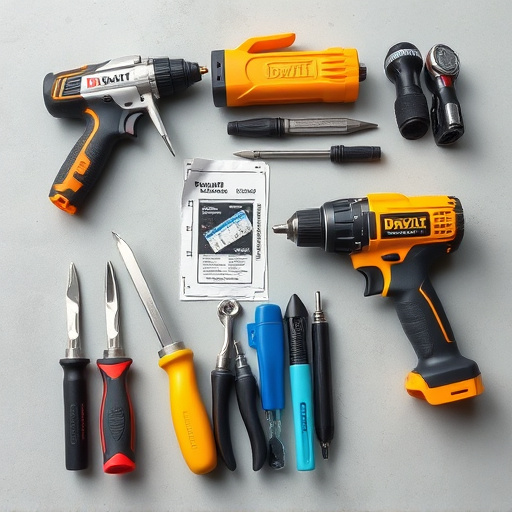Repair photo documentation is vital in collision repair services for classic cars, offering a visual record for accurate restoration and dispute resolution. In the digital era, securing data privacy through encryption, access controls, and adhering to regulations like GDPR is crucial. Balancing accessibility and privacy involves anonymizing PII, strict storage guidelines, staff training, and secure digital platforms to protect customer confidentiality during repair processes.
In the realm of repair and maintenance, visual evidence plays a pivotal role. Repair photo documentation is essential for tracking progress, ensuring quality, and facilitating future references. However, as digital imagery becomes ubiquitous, it’s crucial to navigate the delicate balance between capturing comprehensive data and upholding privacy. This article delves into the key considerations surrounding repair photo documentation, exploring requirements, data privacy, security, and best practices to strike a harmonious chord between accessibility and confidentiality.
- Understanding Repair Photo Documentation Requirements
- Data Privacy and Security in Photo Documentation
- Best Practices for Balancing Accessibility and Privacy
Understanding Repair Photo Documentation Requirements
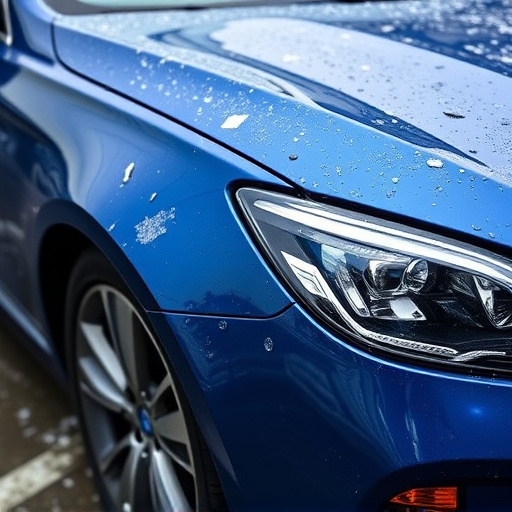
In the realm of collision repair services and vehicle paint repair, comprehensive documentation is key to successful outcomes and customer satisfaction. Repair photo documentation plays a vital role in this process, serving as a detailed visual record of the vehicle’s condition before, during, and after restoration. For classic car restoration enthusiasts, this meticulous practice ensures that every nuance of the vehicle’s history is preserved, facilitating accurate replication and potential future reference.
Understanding these documentation requirements is essential for all parties involved—from repair shops to insurance providers to owners of vintage vehicles. Proper documentation not only aids in insurance claims and quality control but also acts as a protective measure, shielding both customers and businesses from disputes related to the extent of repairs or the quality of work performed. It’s a crucial step in fostering transparency and trust within the collision repair industry, whether for modern vehicles or classic car restoration projects.
Data Privacy and Security in Photo Documentation
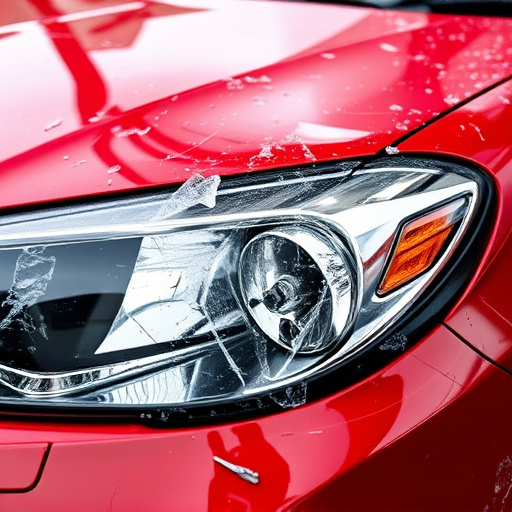
When it comes to repair photo documentation, data privacy and security are paramount. As digital images become the primary method for capturing and sharing vehicle damage, personal information associated with these photos must be protected. This is especially true in the context of vehicle repair services and collision centers, where sensitive customer details can inadvertently be exposed.
Implementing robust security measures, such as encryption and access controls, ensures that only authorized personnel can view repair documentation. Additionally, adhering to relevant data protection regulations, like GDPR or industry-specific standards, is crucial for maintaining the privacy of customers and their vehicles. This includes deleting or anonymizing identifying information when photos are shared for assessment or insurance claims, ensuring a secure chain of custody throughout the repair process in vehicle body shops and collision centers.
Best Practices for Balancing Accessibility and Privacy
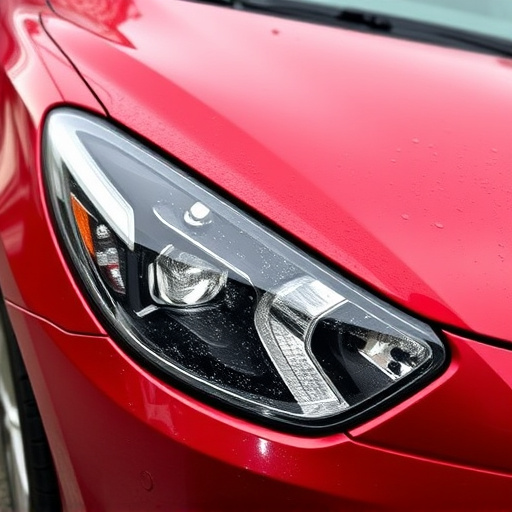
When it comes to repair photo documentation, striking a balance between accessibility and privacy is essential. As visual evidence plays a critical role in collision damage repair, paintless dent repair, and dent removal processes, capturing detailed images of vehicle damage is unavoidable. However, these photos contain sensitive information that must be protected. Best practices involve implementing strict access controls to ensure only authorized personnel can view the documentation. Anonymizing or blurring personally identifiable information (PII) in the images is a prudent step to safeguard privacy. Additionally, establishing clear guidelines and policies regarding photo storage, retention, and disposal helps maintain security.
Regular training sessions for staff involved in handling repair photo documentation can enhance awareness about data protection regulations and best practices. Encouraging digital platforms with robust security measures, such as encryption and two-factor authentication, further reinforces privacy protections. By adhering to these principles, repair shops can effectively share critical information while respecting the privacy of vehicle owners, ensuring a transparent and secure process throughout the collision damage repair or dent removal services.
Repair photo documentation requires a careful balance between meeting legal requirements, ensuring data privacy, and fostering accessibility. By understanding the necessity of detailed yet secure photo documentation, implementing robust privacy measures, and adopting best practices, individuals and businesses can navigate this intricate landscape effectively. These steps are crucial in maintaining trust while upholding the integrity of repair processes, ultimately enhancing customer satisfaction and compliance with legal standards.
